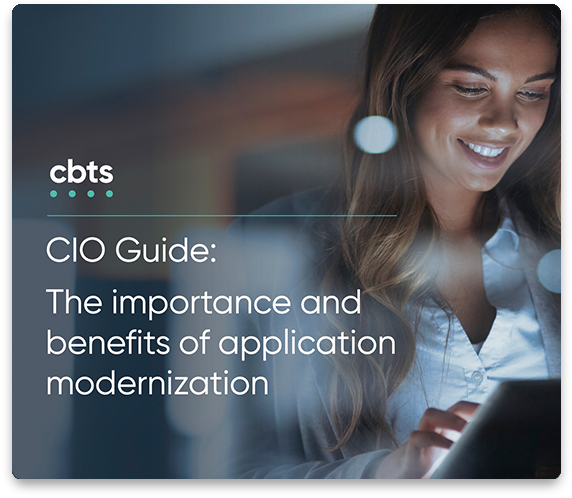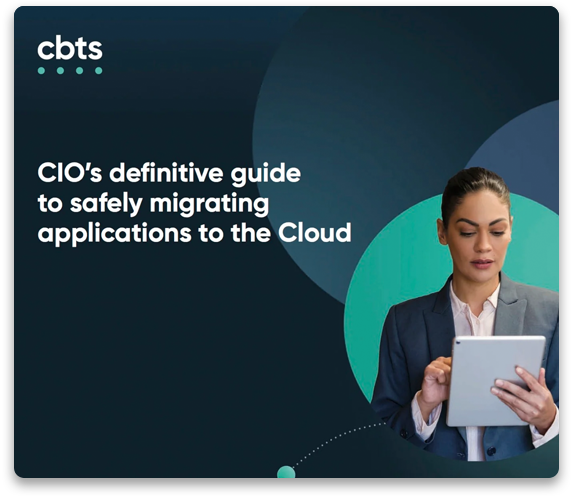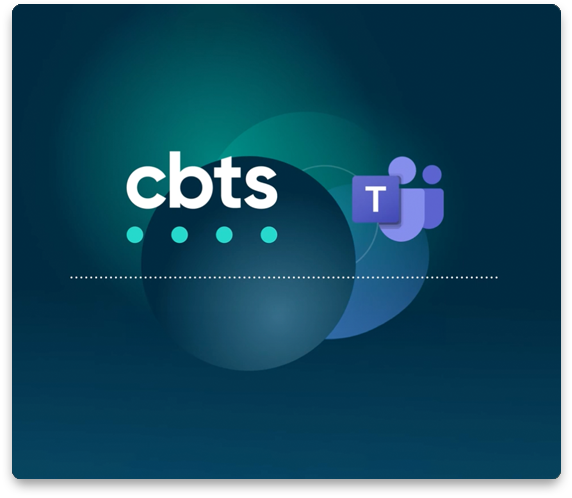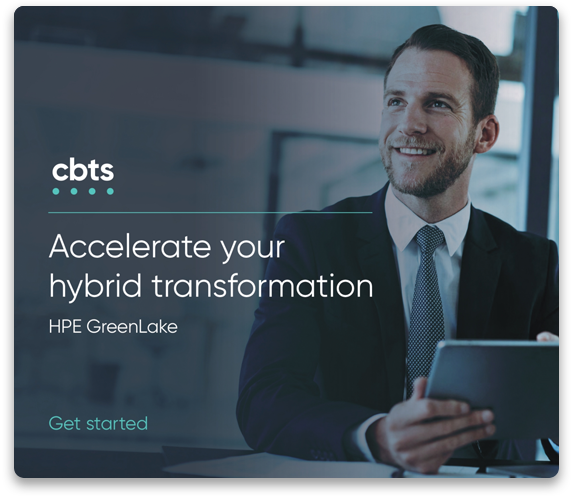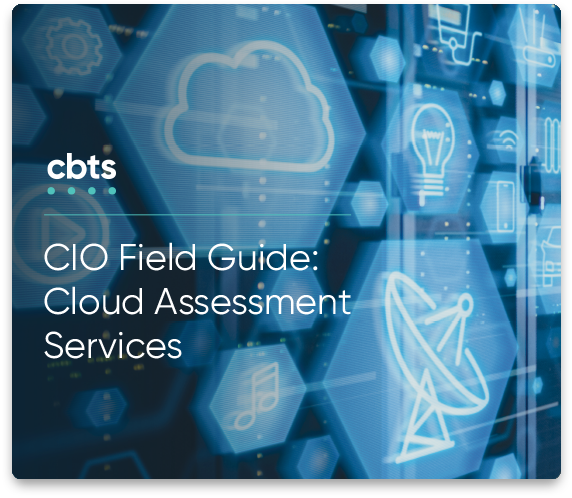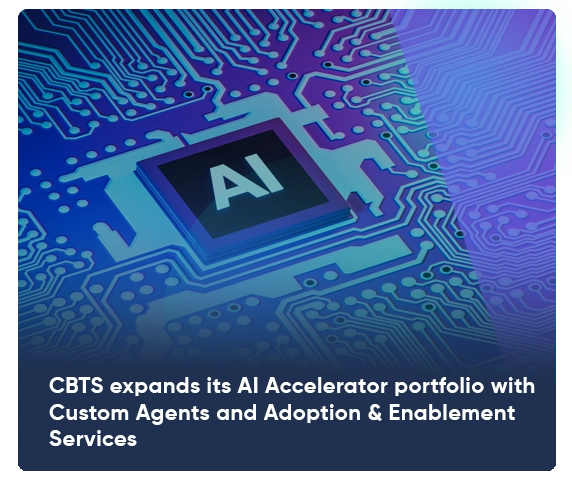
There is no question that organizations can reap substantial benefits by migrating their IT infrastructures to the Cloud. Increased speed, flexible capacity model, and access to best-in-breed technology partners are just some of these advantages.
Yet the evolution toward cloud, or multi-cloud, infrastructures does not minimize the classic data protection challenges faced by on-premises solutions. The potential complexity of some of the latest solutions, coupled with their different reporting capabilities, can mean organizations are choosing operational improvement gains over preserving the integrity and security of critical data.
Changing compliance laws worldwide are adding more complexity and regulation to an already complicated landscape. The EU’s GDPR law provides for data protection of EU users whose data is stored by organizations in Europe or the U.S. Similar legislation is in effect in over a dozen U.S. states in the next few years. These laws create stringent compliance rules, and organizations face potentially enormous fines if they fail to comply.
Additionally, generative artificial intelligence (GenAI) can be a double-edged sword for organizations prioritizing cloud data protection. Bad actors use AI to launch more convincing deepfake and phishing e-mails continuously seeking ways to manipulate people with AI. In turn, security professionals increasingly want to adopt AI security tools for advanced threat identification and compliance management.
This post reviews the challenges and best practices of data protection in cloud environments.
Classic data protection issues faced in cloud architectures
While there are a variety of data protection challenges facing organizations moving to cloud architectures, several common issues frequently arise:
- Complexity increases with more software and third-party solutions, potentially requiring more expertise and labor for data protection.
- Security and governance concerns need to be addressed regarding the tools in use, do they match your compliance and data backup practices.
- Exponential data growth can be challenging for organizations, so you need to be able to manage your data volume and maintaining backup health and policies.
- Visibility can diminish in the Cloud over on-premises data centers because of the tools in use from the cloud provider, which can affect compliance and data access insights.
Emerging data protection challenges
In addition to classic data protection challenges, issues have emerged recently that can further complicate the landscape.
- Compliance: Regulatory bodies have increased the penalties for falling out of compliance. According to Forbes, in 2023, the General Data Protection Regulation (GDPR) issued fines totaling over 2 billion euros, more than the previous three years combined.
- AI-powered threats: Threat actors increasingly use AI to create adaptive attacks and evasion tactics.
- Securely implementing AI into security workflows: AI is faster and more effective than human counterparts in detecting threats. However, AI itself is subject to compliance laws in the EU and Canada and may soon be subject to similar legislation in the US. Implementing generative AI into existing cybersecurity operations is a critical need. Still, many security teams do not have the time or the resources to implement AI security tools securely and effectively.
Also read: Safeguarding digital assets: A deep dive into innovative steganography techniques for data leak prevention
Data protection best practices
According to the GDPR, there are six distinct forms of data protection in the Cloud:
- Risk evaluation: Determining the threat landscape and addressing the most urgent threats.
- Backup: Creating and maintaining a viable recovery system.
- Encryption: Encrypting data regardless of location, and state (at rest or transit).
- Access restrictions: Controlling who has access to sensitive data and infrastructure.
- Anonymization: Stripping data of personally identifying information (PII).
- Destruction: Permanently deleting data after it is no longer needed.
Data protection is guided by a set of three principles known colloquially as the CIA triad:
- Confidentiality.
- Integrity.
- Availability.
In other words, customer and organizational data must be kept confidential, accurate, and available on demand. Almost all data breaches or leaks will violate at least one of these principles, which is why the triad is used to determine the effectiveness of best practices.
Based on the CIA principles, data protection best practices in the Cloud include:
- Analyzing the security of cloud providers: Choose a security provider with robust tools, clear compliance policies, and certifications for data protection.
- Backups: Ensure frequent backups of your data to multiple locations to prevent loss during system failures, breaches, or outages.
- Encryption: Adopt file-level encryption to fragment and securely store data in different locations, enhancing cloud security.
- Strong passwords and authentication: Enforce strong credential policies, limiting access to data with complex passwords and role-based permissions. Employ multi-factor authentication to safeguard against unauthorized access by requiring multiple verification methods.
- Secure data transfers: Use SSL and encryption for safe data transfers in the Cloud, enabling tracking and restricted access as needed.
- Secure devices: Secure user endpoints, such as smartphones, with additional protocols to prevent leaks and unauthorized cloud access.
- Access control: Implement access control based on the least privilege principle, using role-based permissions for data security in the Cloud.
- Secure APIs: Secure APIs with strong authentication and encryption to safeguard against unauthorized access to cloud services.
- Regular security assessments: Security assessments identify vulnerabilities and measure the effectiveness of existing security protocols internally or through third-party experts.
- Zero trust: Adopting a zero-trust security strategy involves explicitly verifying all users, limiting access with JIT/JEA and risk-based policies, assuming breach to minimize impact, and integrating zero-trust controls across all digital estate elements—identity, endpoints, data, apps, infrastructure, and network.
- Implement employee training: Training employees on cloud service security risks and best practices is crucial, along with providing regular security awareness training and establishing reporting policies for suspicious activities.
- Utilize AI: Use AI security tools to gain visibility into user behavior and proactively identify and block threats (more on this in the next section).
The emerging use of AI to ensure data protection in the Cloud
Artificial intelligence (AI) enhances cloud data security in several key ways. It detects anomalies by spotting unusual patterns in user behavior, network traffic, and system operations, flagging potential security incidents such as strange login attempts or unexpected changes in resource usage. AI also plays a crucial role in uncovering insider threats by analyzing variations in user activities that could indicate harmful intentions.
AI’s capability to quickly interpret vast datasets enables it to identify and mitigate potential security threats preemptively and predict future breaches. Additionally, AI supports optimizing identity and access management (IAM) policies, ensuring they meet industry best practices. AI helps security professionals validate their decisions by processing complex data rapidly, thus strengthening an organization’s defense mechanisms.
Learn more: AI in Cybersecurity: Navigating complexity in the digital age
Elevate your cloud data security with CBTS
Organizations must embrace robust data protection practices when transitioning to cloud infrastructures. Data protection in the Cloud requires addressing the complexities, security concerns, and visibility challenges of cloud architecture. Staying updated on changing compliance laws, harnessing the power of AI for threat identification, and focusing on critical areas of data protection such as risk evaluation, encryption, and access restrictions are pivotal for safeguarding sensitive data in the cloud.
Organizations must understand the shared security model with cloud providers—essentially, organizations must secure their data while providers secure the infrastructure. Working with a third-party cloud security provider like CBTS provides more protection than simply working with the cloud provider.
Contact us to learn more about how CBTS delivers complete cloud data protection while ensuring you meet your compliance guidelines.

